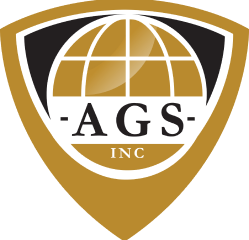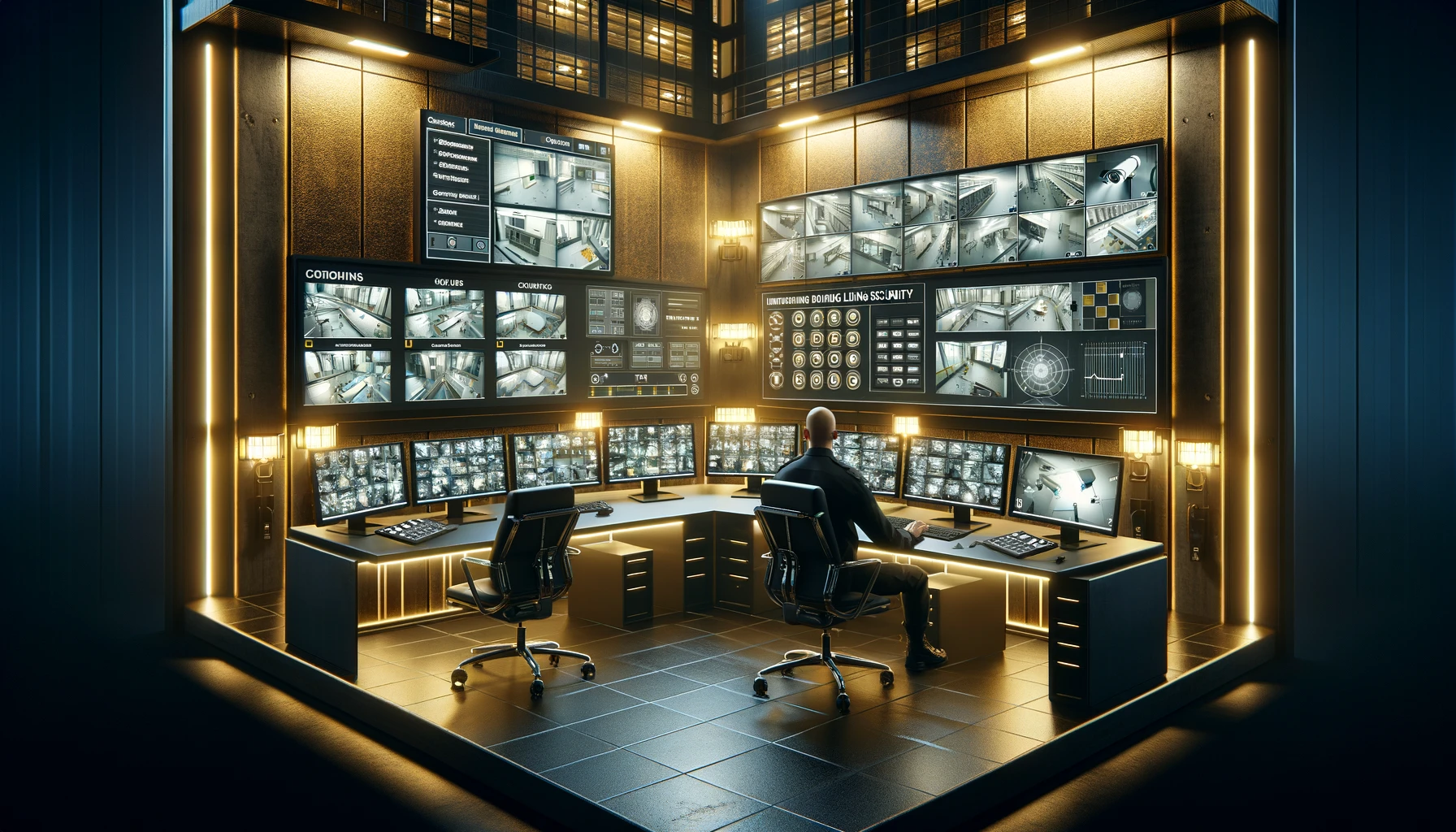When it comes to safeguarding your property, Closed Circuit Television (CCTV) systems are like the vigilant eyes that never sleep. Whether you're a seasoned property manager, a chief security officer navigating the complexities of corporate safety, or a security company hiring manager looking to up the ante on building security, understanding the nuances of CCTV placement and usage can significantly amplify your security measures. So, let’s dive into the best practices for implementing CCTV in building security, keeping things conversational yet packed with all the insights you need.
Understanding the Role of CCTV in Security
CCTV systems serve multiple purposes in building security, from deterring potential intruders and monitoring suspicious activities to documenting events for evidence. The key to maximizing their effectiveness lies not just in having them but in strategic placement and usage.
Strategic Placement: The Where
The placement of CCTV cameras is an art form that balances coverage, quality of view, and privacy considerations. Here’s a breakdown of best practices for camera placement:
-
Entrances and Exits: Every point of entry and exit should be monitored, providing a clear view of faces and activities.
-
High Traffic Areas: Lobbies, hallways, and parking lots are prime spots for monitoring the flow of people and identifying unusual activities.
-
Sensitive Areas: Locations that house valuable assets, data centers, or sensitive information require focused surveillance.
-
Perimeter: Cameras placed around the perimeter of your building can help detect and deter intruders before they even reach the building.
The How: Usage Best Practices
Equipping your building with CCTV is one thing; using the system effectively is another. Here are some tips to ensure you’re getting the most out of your surveillance system:
-
Regular Maintenance: Ensure cameras are regularly cleaned, checked, and maintained. A camera obscured by dirt or malfunctioning can create blind spots in your security.
-
Lighting Considerations: Cameras need adequate lighting to capture clear footage. Ensure areas under surveillance are well-lit, especially during nighttime.
-
Signage: Clearly visible signs indicating CCTV surveillance can act as a deterrent to criminal activity.
-
Data Storage and Management: Have a system in place for storing and managing footage securely, ensuring data integrity and privacy compliance.
Enhancing Security with Advanced Features
Modern CCTV systems come packed with features that can significantly enhance security measures:
-
Motion Detection: Cameras with motion detection can alert security personnel to unusual activity, allowing for quick response.
-
Remote Access: The ability to access live feeds and stored footage remotely can enhance security management flexibility.
-
High-Definition Resolution: High-definition cameras provide clearer images, making it easier to identify individuals and details.
-
Integration with Other Security Systems: Integrating CCTV with access control and alarm systems can create a cohesive security ecosystem for comprehensive coverage.
Legal and Ethical Considerations
While CCTV is a powerful tool in building security, it's essential to navigate the legal and ethical landscape carefully:
-
Privacy Laws: Be aware of local privacy laws and regulations regarding surveillance, ensuring your CCTV usage complies.
-
Areas of Expectation of Privacy: Avoid placing cameras in areas where individuals have a reasonable expectation of privacy, such as bathrooms or locker rooms.
-
Transparency with Occupants: Inform building occupants and visitors about the presence of CCTV as part of your commitment to transparency and privacy.
Implementing CCTV in building security is more than just mounting cameras around your property. It’s about strategic placement, effective usage, and navigating the balance between security and privacy. By adhering to best practices for camera placement, leveraging advanced features for enhanced security, and respecting legal and ethical considerations, you can create a robust surveillance system that protects your property and its occupants. Remember, the goal is to deter, detect, and document, ensuring a safe and secure environment for everyone. With the right approach, CCTV can serve as your building’s eyes, keeping watch over your property and providing peace of mind 24/7.
.png)
.png)
.png)

.png)
.png)

.png)
.png)
.png)
.png)
